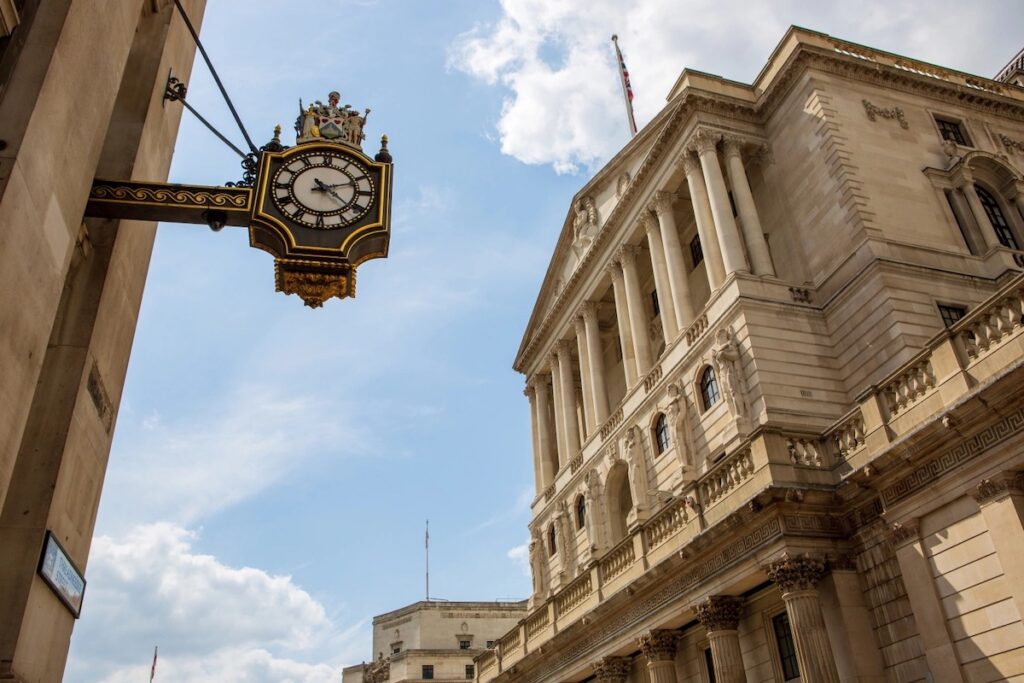The Bank of England has taken a more hawkish stance than its US counterpart on future interest rate cuts, after opting to leave them at a 15-year high of 5.25 per cent for the third time in a row.
The central bank’s Monetary Policy Committee (MPC) said “key indicators” of inflation were still elevated, despite some positive news in recent weeks, and warned that high rates may have to remain “for an extended period of time”.
Although the decision to hold rates was widely expected, investors have been watching policymakers’ rhetoric on future decisions closely as they make bets for next year.
The Bank’s committee members remained cautious over key economic indicators such as service inflation and wage growth, with three – Megan Greene, Jonathan Haskel and Catherine L Mann – voting to increase interest rates to 5.5 per cent.
These policymakers said a higher rate was necessary to tackle “deeply embedded inflation persistance and to return inflation to target sustainably in the medium term”.
“The market was happily assuming the interest rate hiking cycle is well and truly done and dusted, but three members of the policy committee think there’s still a case for higher rates,” said Laith Khalaf, head of investment analysis at AJ Bell.
“It’s a salutary lesson that the Bank’s primary focus is inflation, and that you shouldn’t try and second guess the voting intentions of nine people in a room.”
Meanwhile, the US Federal Reserve voted unanimously to keep rates between 5.25 and 5.5 per cent on Wednesday.
Members of the Federal Open Market Committee penciled in at least three cuts next year. While markets predicted four, the tone of policymakers was more aggressive than before.
The news sent the Dow Jones index to a record high at the close on Wednesday.
Economists expect the Bank will be forced to cut interest rates next year as it prioritises the economy over the fight against inflation.
“The Bank’s rhetoric on rates is unnecessarily hawkish given slowing wage growth and a deteriorating economy, raising fears that it will keep rates high for too long, unnecessarily damaging an already struggling economy,” said Suren Thiru, economics director at the Institute of Chartered Accountants in England and Wales.
“With inflation trending downwards and the economy at risk of recession, the case for interest rate cuts is likely to grow over the coming months. Against this backdrop, the [MPC] could well start loosening policy by next summer.”
The latest data from the Office for National Statistics has shown the pressure caused by the Bank’s previous 14 consecutive rate hikes until September.
Gross domestic product fell by 0.3 per cent in October, more than expected, as higher borrowing costs squeezed households and businesses.
A cooling labour market, suggested by wage growth falling more than expected to 7.3 per cent, gave hope to some investors that the Bank would be more open to rate cuts.
However, wage growth remains a major concern to policymakers and is still above the level of inflation, suggesting a resilient jobs market that could embed inflationary pressures.
Although inflation fell more than expected to 4.6 per cent in October, it stands well above the government’s two per cent target and is forecast to remain stubborn across next year.
The Bank has flagged that services inflation, another key indicator of domestically driven inflation, stands at a higher figure of 6.6 per cent.
Lindsay James, investment strategist at Quilter Investors, said the Bank faced a “considerably more difficult economic outlook than the Fed”.
“Two years on from its first rate hike of this cycle, however, it is clear the Bank’s efforts are starting to take real effect and calls for cuts will only grow stronger should the economy continue to weaken,” she added.
“While we are already witnessing just how much markets can rally at the prospect of US rate cuts, it seems that in the UK more patience will be required.”
Focus is now on the West’s other major central bank, the European Central Bank, which is also expected to hold rates later today.
Investors will be looking at whether the ECB echoes the Fed or Bank of England in its outlook for future rate decisions.




